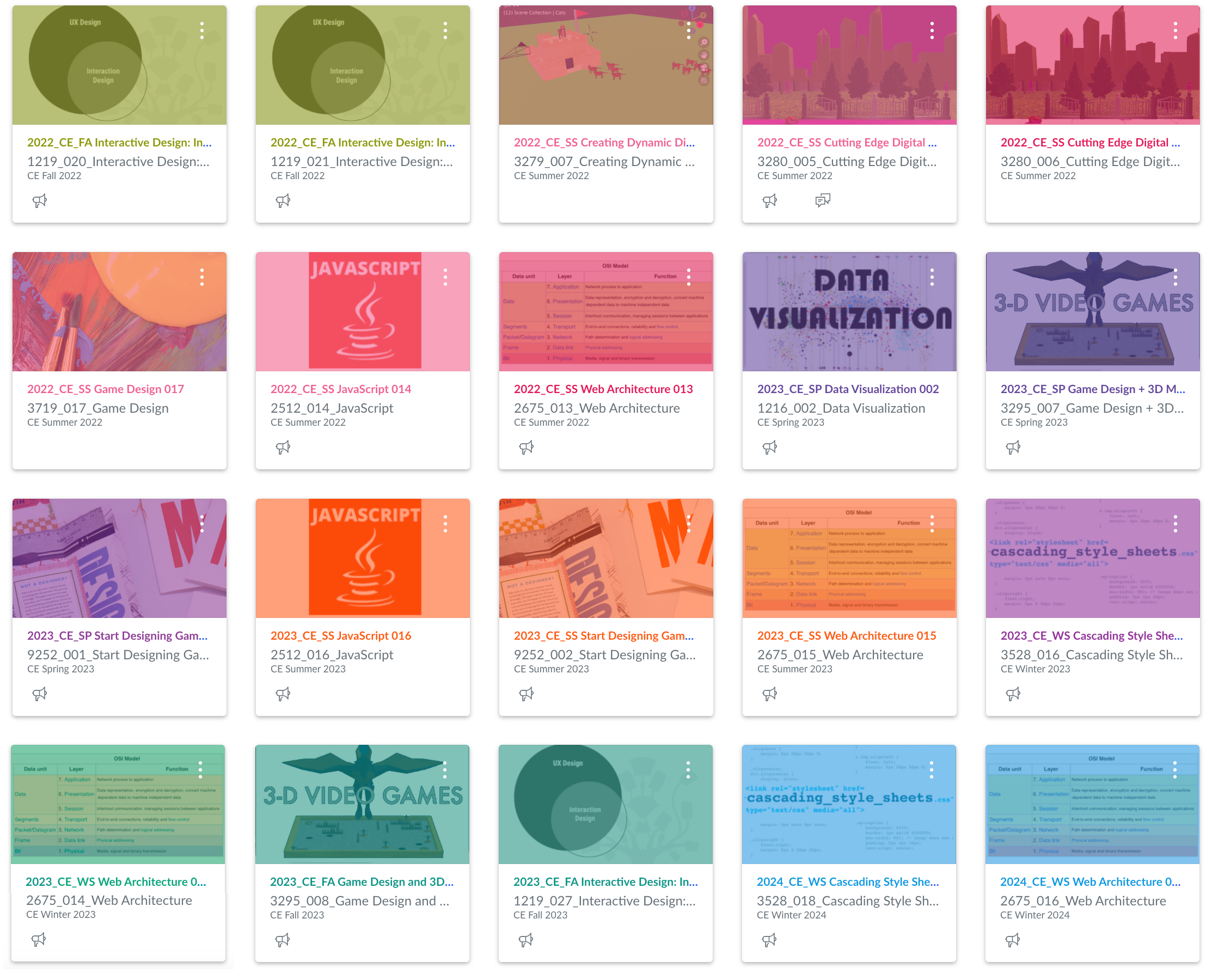Bruce is an information and computer science project director, and part-time academic, who bridges knowledge gaps with art and design to bring the full potential of simulation, visualization, and computer-mediated communications to an augmented mind pursuing insight on a mindful life interbeing with nature.

Software to inject the Collaborative Ocean Visualization Environment (COVE) into Brown University's latest Computer-aided virtual environment (Cave), a leading-edge, retinal resolution, surround VR theater (69 projectors).

Interactive design tool of wall, ceiling, and standing partitions as products for large national company. NURBs based features tessellated and then visualized with three.js, the high-performance WebGL API.

JavaScript integrated with Processing software to visualize personal data sets for analysis. Layering approach to additive design with coordination layer across all sub-layers. A demonstration available as example.

Software to model watershed basins for 26 key basin attributes (soil moisture, river channel flow per second, water table, etc.) using the OpenMI platform to virtualize the process based on the DHSVM and VIC hydrology models. Interactive visualizations using Processing and JavaScript (see paper).
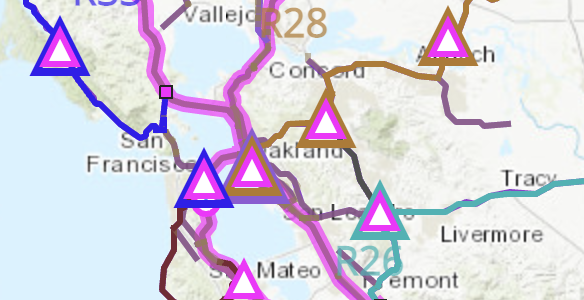
Interactive visual analytics software to facilitate a design and advisory team in their task to build an optimal middle-mile fiber optic network for the state of California. Intended to serve as many unserved and underserved residents and organizations as possible given many constraints (see demo).
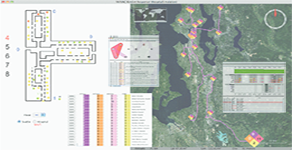
Lead architect for development of an agent-based simulation environment (RimSim) for improving distributed cognition among first responder jurisdictions around the Pacific Rim. Implementation of a long-term software platform for studying collaboration and role-play in a game-like environment (see PDF).
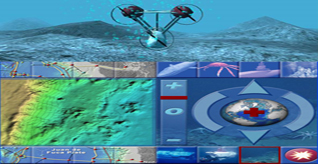
Interactive HI-SPACE tabletop gestural environment for exploring seafloor data sets interactively. C/C++ bluespace data visualization system extended from desktop VR environment. A first-person immersive exploration of sea floor datasets with hand and eye coordination.
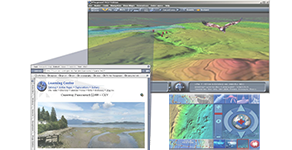
Virtual world built upon Virtual Playground 3-D interactive software to experience a watershed virtually from within the classroom. The third dimension adds value to the learning process as we researched with a multi-participant, three-dimensional (3D) environment to support ecological student science investigations (PDF).

Designed and implemented a sophisticated allocation system to take tape feed of all monthly credit card transactions for cardholders and merchants of ninety-two member bank institutions to look for fraud and allocate processing service costs back to member banks fairly and justly.

Company-wide product manager for Lotus Notes (then IBM Notes). Provided technical support, consultation, and training to 1400+ licensees across the US. Implemented a national qualitative commercial lines underwriting application for virtual community of property and casualty underwriters.

Designed and directed a distributed database project (LAN, hardware, software, communications) connecting work load analysis in six field offices across the USA. Allocation of six-million policy management tasks/year among 200+ employees to streamline commercial lines policy production.

Lead architect for development of a shared digital library to support Community Change-based educational programs within community colleges and four-year institutions of higher learning. Designed and beta-tested with the Community Learning Partnership network to integrate curriculum.
Bruce has helped many organizations develop a Web presence. He's created Web templates, implemented Web templates, developed user experiences with interactivity, and integrated Web designs with content management systems like Drupal, Wordpress, Joomla, and Moodle.
Bruce has been involved in many other projects as a contributor, cooperative partner, or collaborator. The twelve above are the most extensive in which Bruce was the conceptual lead and implementer. Many collaborations are with the CEV over the years.
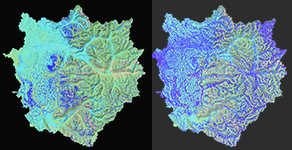
Data to visualization pipelines for hydrology visualizations like this example of projected water table depth change over time as soil was to become saturated during a 36-hour spring storm that brought much rain and snow water melt to Snoqualmie watershed in the Pacific Northwest, USA.
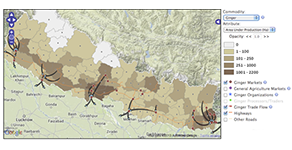
The Nepal Economic Corridor mapping visualization is the by-product of work helping the Nepalese government build awareness for potential exports. Bruce was responsible for providing an online interface with which the world could explore Nepalese production by product and district — through an interactive map using open source mapping tools.

Surface design patterns are applied to all kinds of materials to generate attractive products. From wallpaper to scarves to throw pillows, surface design brightens up products. Surface design patterns are useful, once tiled, for use in 2-D and 3-D modeling of physical phenomena. Modern day graphics tools and illustration tools make design pattern creation intuitive.
This Photographic Content Management System was created for a client that used it to promote products available for sale. To demonstrate to others, use it as a photograph management and presentation system. Easily ported into Drupal, Wordpress, or other LAMP-stack CMS.
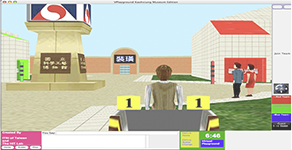
The Virtual Playground allowed people to experience 3-D cyberspace for the first time thanks to a reasonably priced graphics card for home computers through an expansion slot. If you have a WebGL capable browser and graphics card, check out a model from the scavenger hunt edition.

BCFlora is a simulator for growing a plant structure created from a virtual plant genome. Genomes can be mated. Embedding the simulator into a ARToolkit augmented reality environment made for a more dramatic presentation in a Boston Cyberarts festival (see PDF).
Dazzle is a game programmed for an artist who wanted to share a board game as an electronic game. We chose an iOS version for iPad and iPhone because the Apple Store showed promise in protecting the artist's intellectual property. The game is available in the Apple Store. Hexazzle is an intuitive three-player extension of the Dazzle game.
Data Visualization to support Visual Analytics pipelines has exploded thanks to expanding capabilities of tools and techniques. Delivery of applications that inspire insight into complex data realms expands as in-browser platforms become more efficient and performance-tuned. D3 and P5 are two excellent examples of techniques that facilitate visual analytics.

Exciting times ahead for tools to support human ideation. I've been trying out prompt-driven tools that generate images from compositions following intriguing diffusion algorithms baked into accessible tools online. This example comes from typing in prompts for eight characters in a novel, described by the author. Then blending the results with GIMP.
Slant was a game Bruce developed during masters work to explore working collaboratively over the Internet with 3-D content. Performing coordinated logistical tasks under time pressure with limited communications bandwidth simulated the realities of many emergency response activities.

Bruce was awarded his doctoral degree from the University of Washington upon successful defense of a thesis in systems engineering. Upon accepting, his academic transcript was complete.

Bruce was awarded a 6-month visiting academic position at the University of Canterbury, which included presiding as Master of Ceremonies for the 2nd annual Virtual Worlds Consortium meeting in New Zealand.

Bruce was awarded a Wisconsin Alumni Research Foundation fellowship to encourage his research in information science process during masters work at the University of Wisconsin in Madison.
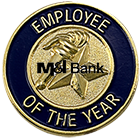
Bruce was recognized with the Outstanding Contributor of the Year award for his year-long innovative systems work with the MICARD Services division of Marshall & Illsley Bank in 1989.

Bruce passed the CPA exam and obtained his Massachusetts State CPA license early in his career but let it lapse upon becoming an information scientist.

Bruce was inducted into the Phi Beta Kappa society at the end of his undergraduate studies in recognition of his work supporting inflationary accounting research and other academic contributions.

I am the primary author of this title published by Sam's Net in 1997. Rick Darnell is the co-author. Rick and I worked hard to be first to market with a teach yourself book on the emerging HTML4 specification. Both Netscape's and Microsoft's approach to interactive Web page development are covered with respect to their latest HTML4-compliant web browsers. The Teach Yourself series is especially successful and this book follows the traditional recipe closely. The book comes complete with the HTML specification as well as explanations, examples, Q&A, quizzes and workshops. The book ISBN is 1-57521-335-4 and is available in soft cover, about two inches thick.
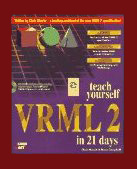 Book source code available here.
Book source code available here.
I am co-author of this title published by Sam's Net in 1996. Chris Marrin is the primary author. Chris worked for Silicon Graphics at the time and was responsible along with two others for the Moving Worlds VRML 2 proposal. Chris then worked for Sony on their TV set top box project and was active in the SAI Working Group of the Web 3D Consortium. The 21 Days series is especially successful and this book follows the teach yourself recipe closely. The complete VRML 2 specification is covered with explanations, examples, Q&A, and exercises. The International Standards Book Number is 1-57521-193-9 and is available in soft cover, about two inches thick.
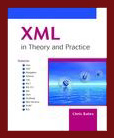 XML in Theory and PracticeI performed the technical review for Chris Bates' book on all things XML. The book is appropriate for a beginning XML enthusiast who has a strong background in Information Systems and Web Enablement. John Wiley Europe published the book with ISBN 0-470-84344-6 (2006). |
VRML Developer's JournalI have an article about creating a Kaleidoscope (PDF) using VRML's External Authoring Interface in the first issue of the first volume of the Virtual Reality Developer's Journal as well as the August 1998 Java Developer's Journal.The second issue of the VRDJ was never published. My submission focused on using the VRML 97 PROTO node to create group projects in VRML. Check out my suggestions for a Worldwide Kaleidoscope Project (PDF). Feel free to submit a Kaliedoscope piece to me. If I get enough, I will put a dynamic Kaleidoscope generator on the Web and let you know about it. I had hoped to contribute regularly to the first ever magazine devoted entirely to VRML development. Distributed Geological Collaboration - Final Project ReportHedley, N. and Campbell, B. (1998). (R-99-3). Seattle: Human Interface Technology Lab.Trade Space Navigation for Virtual Reality Application Design - Final Project ReportWeghorst, S.; Emerson, T.; Kerr, A.D.; Campbell, B. (1997). (R-97-5) Seattle: HIT LabVRML As a Superset of HTML: An Approach to ConsolidationI presented a paper called VRML As a Superset of HTML: An Approach to Consolidation (PDF) during the Annual Computer Science Conference on April 26, 1997 at The Rensselaer Polytechnic Institute-Hartford. I received the Most Original Paper award -- chosen out of the 48 papers presented.
Seattle Magazine is a 10-issue-a-year publication covering all things Seattle. July-December 1999, I wrote one Link column per issue covering a different Seattle-based website genre and discussing the implications on cyberspace.
|
